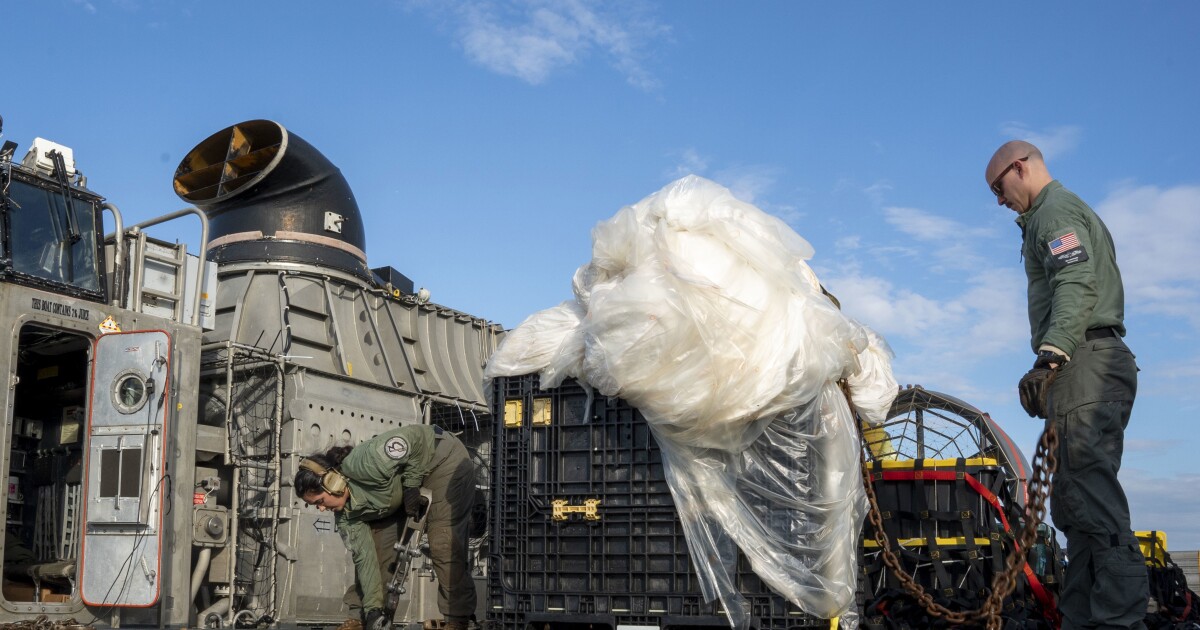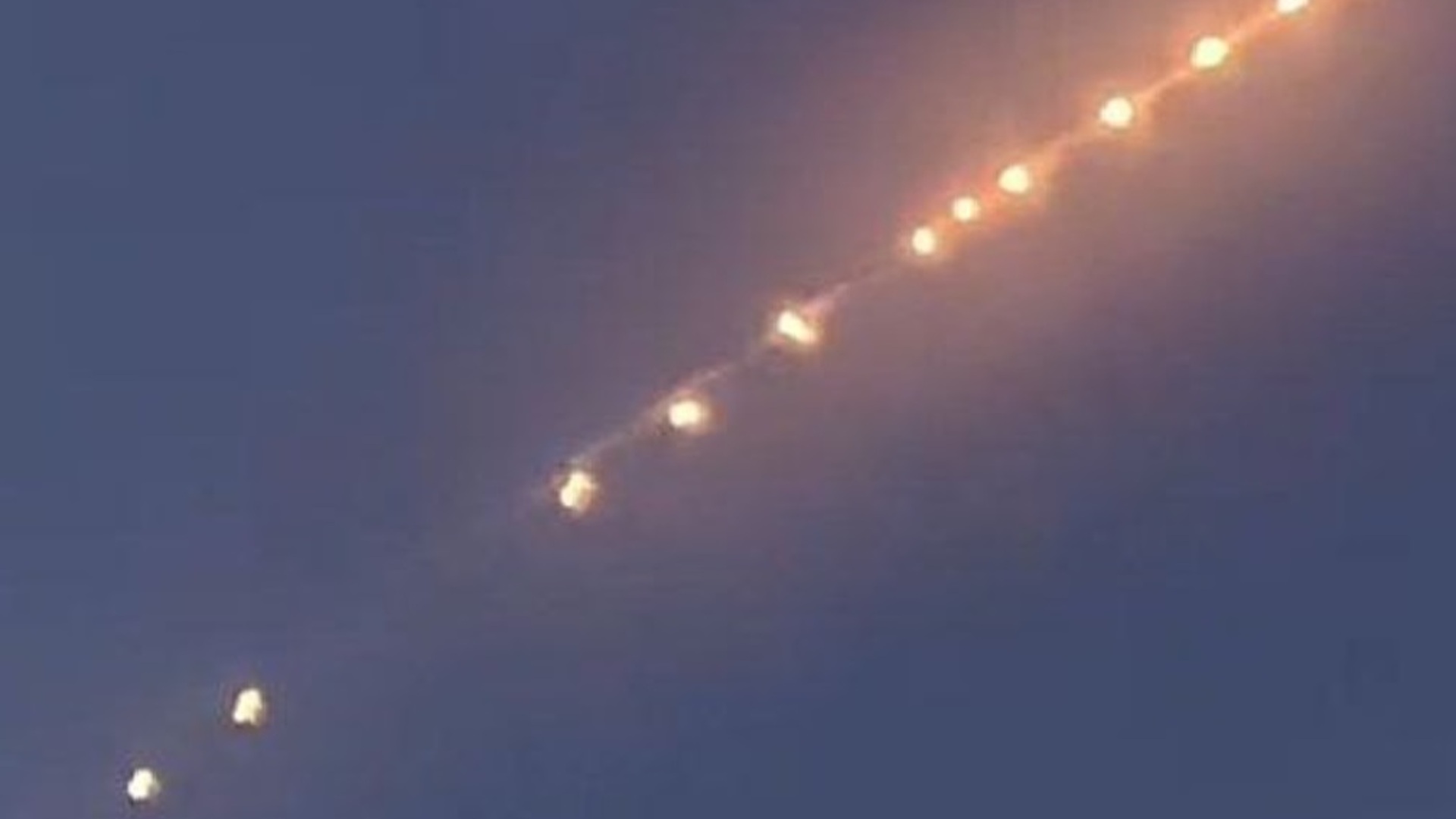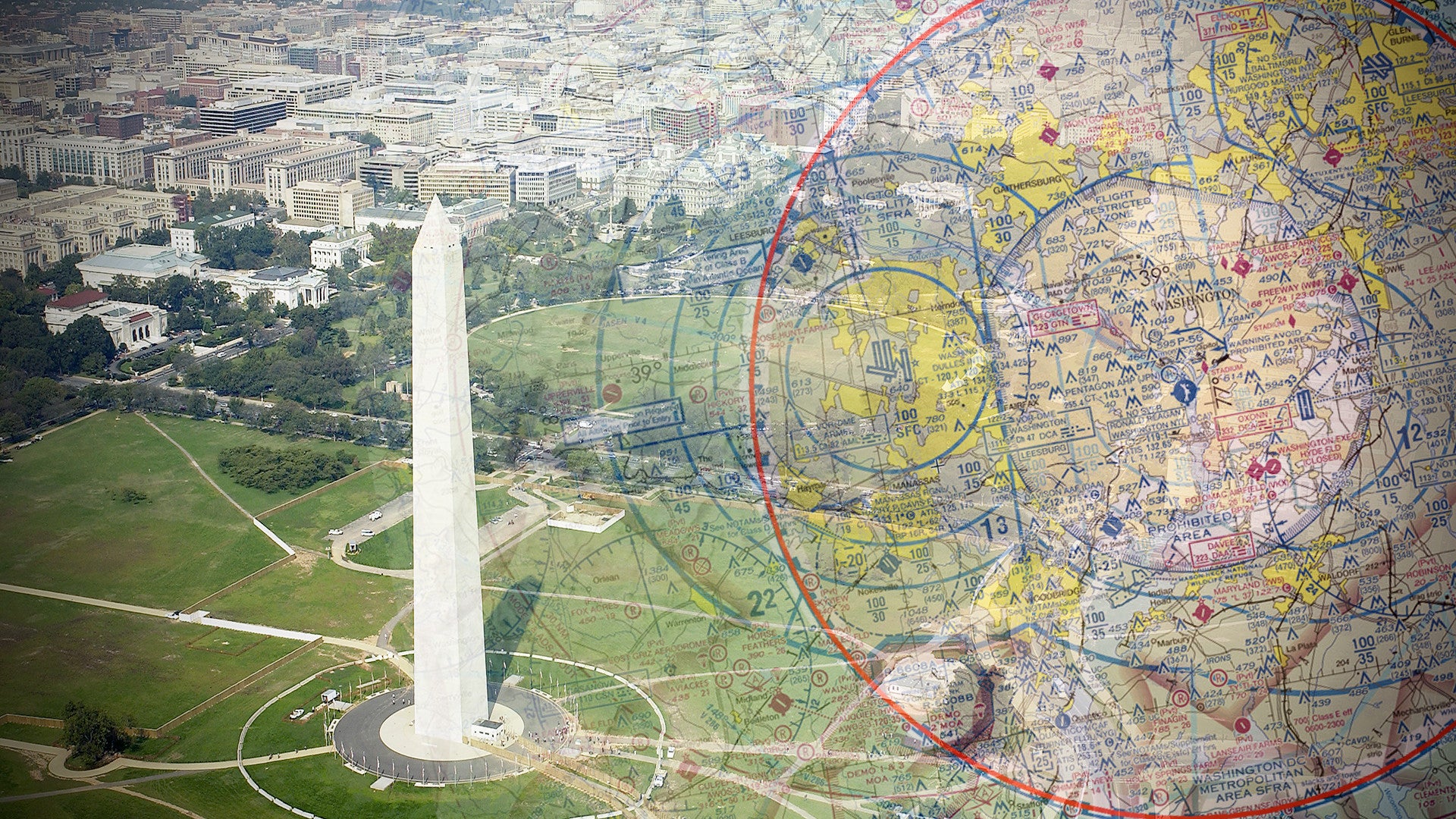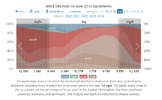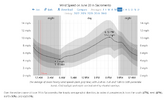China was never a party to the Open Skies Treaty which both the US and Russia terminated in late 2020. What the treaty did was allow other countries to assess the data as it was shared with countries that have no space program.
Flying overhead wouldn’t provide much more detail for those advanced countries, they said, but the treaty would still offer a new level of transparency and stability.
“While nations that lacked satellite capabilities would benefit most from the information collected during Open Skies flights, the United States would benefit from the improved security environment in Europe,” Woolf wrote.
...
The treaty allows countries to collect images with a resolution up to 30cm, a clarity that commercial remote sensing satellites now provide, according to Todd Harrison, an aerospace expert at the Center for Strategic and International Studies. Commercial synthetic aperture radar satellites also offer better resolutions than what Open Skies allows.
Melissa Hanham, a nuclear and open-source intelligence expert at the One Earth Future Foundation, said that while satellites are more capable than ever before, all space sensors could instead fly closer to land on aerial platforms, so planes offer higher-quality images. Other countries can also reap the benefits of overflights, letting them keep an eye on geopolitical neighbors and rivals themselves instead of relying on other countries for information.
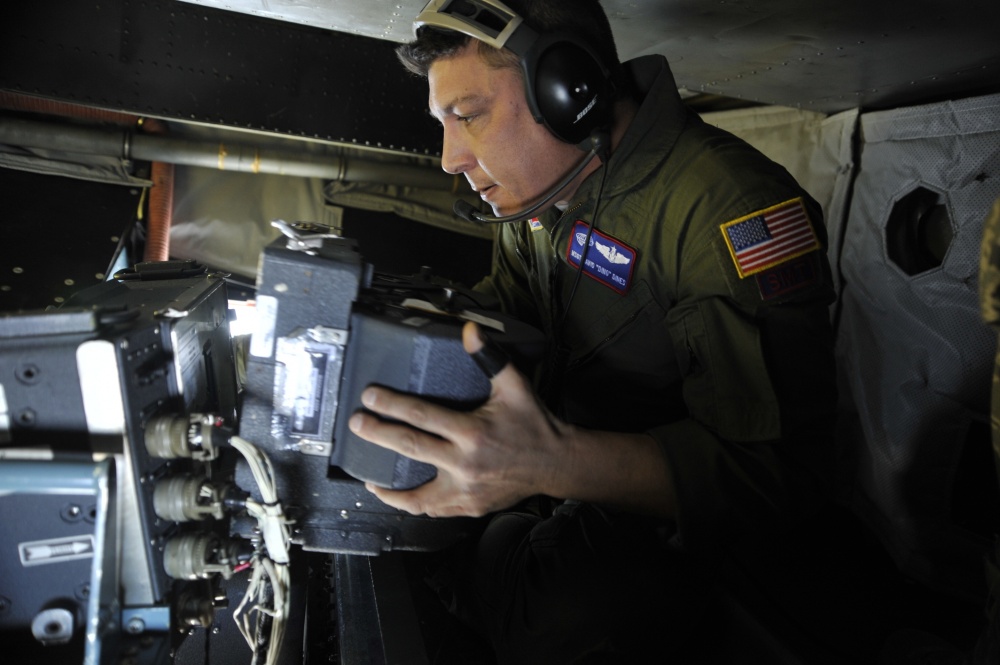
Washington Debates Role of Satellites in Open Skies Treaty | Air & Space Forces Magazine
The idea of using satellites to replace the Air Force’s decades-old OC-135B surveillance airplanes is gaining new life in Washington. But is it feasible?www.airandspaceforces.com
Imagery collected from Open Skies missions is available to any state party upon request for the cost of reproduction. As a result, the data available to each state party is much greater than that which it can collect itself under the treaty quota system.[2]
Treaty on Open Skies - Wikipedia
en.wikipedia.org

